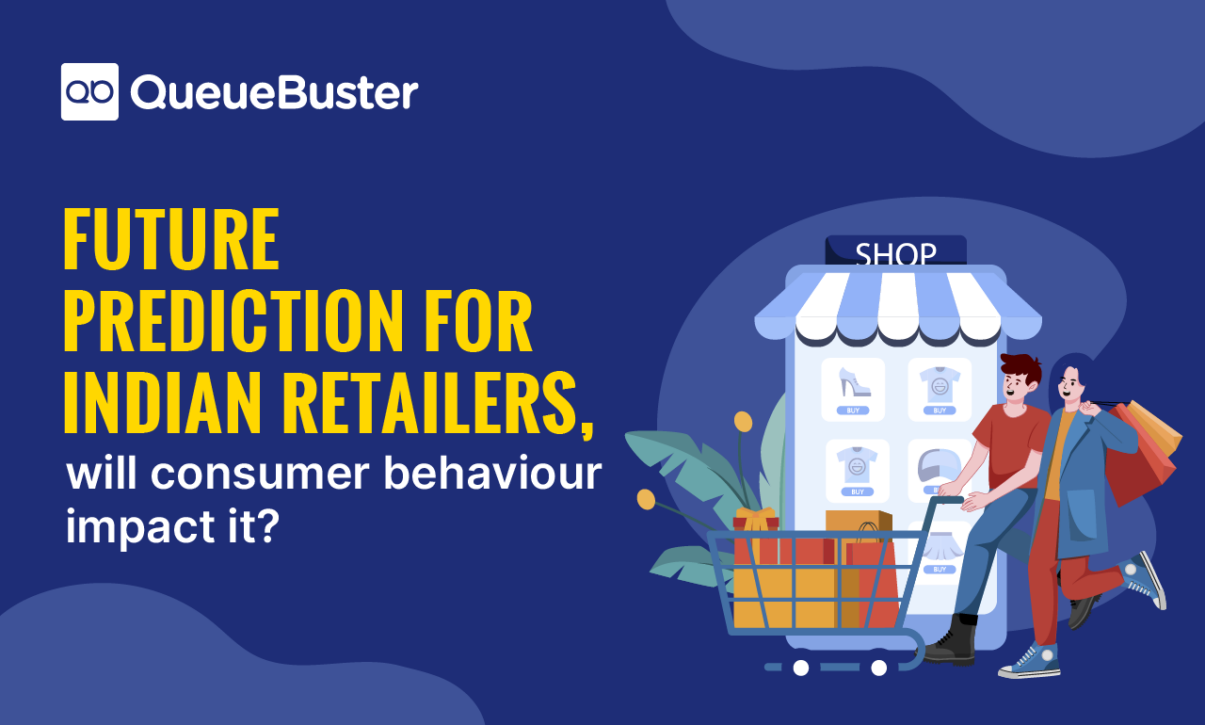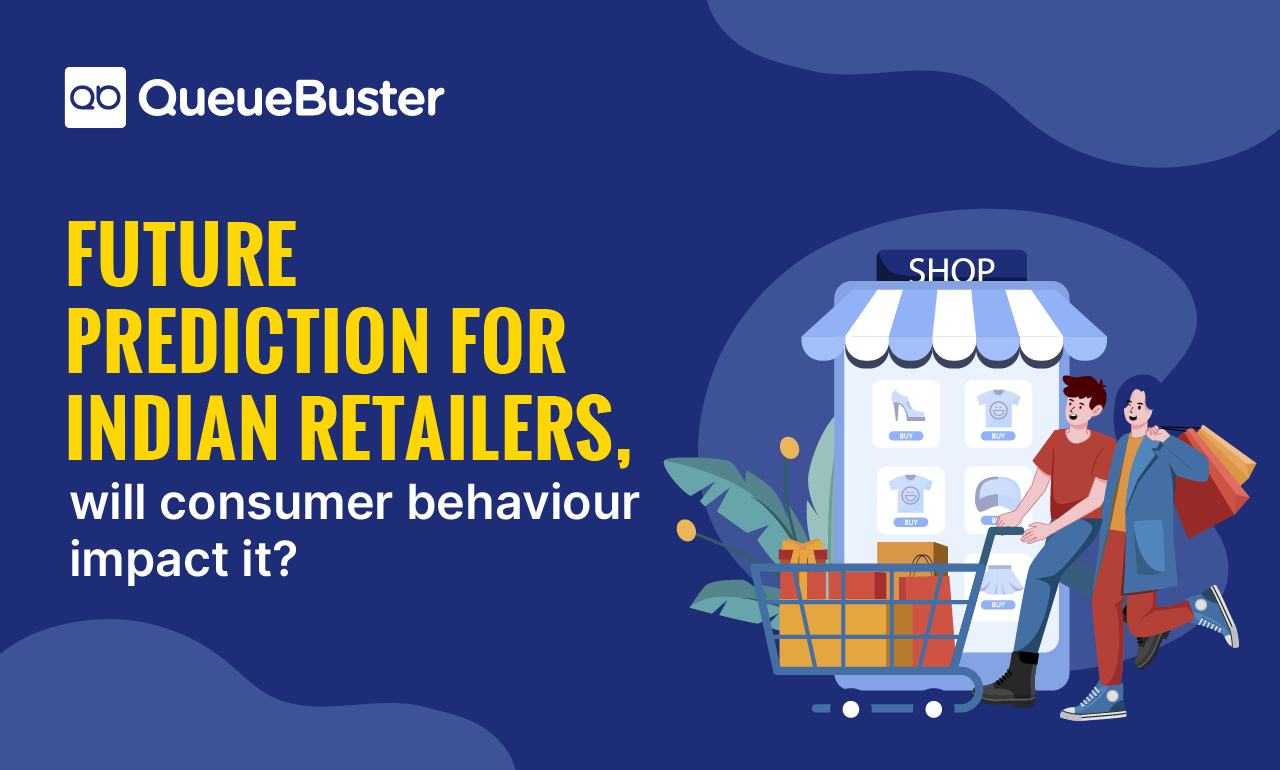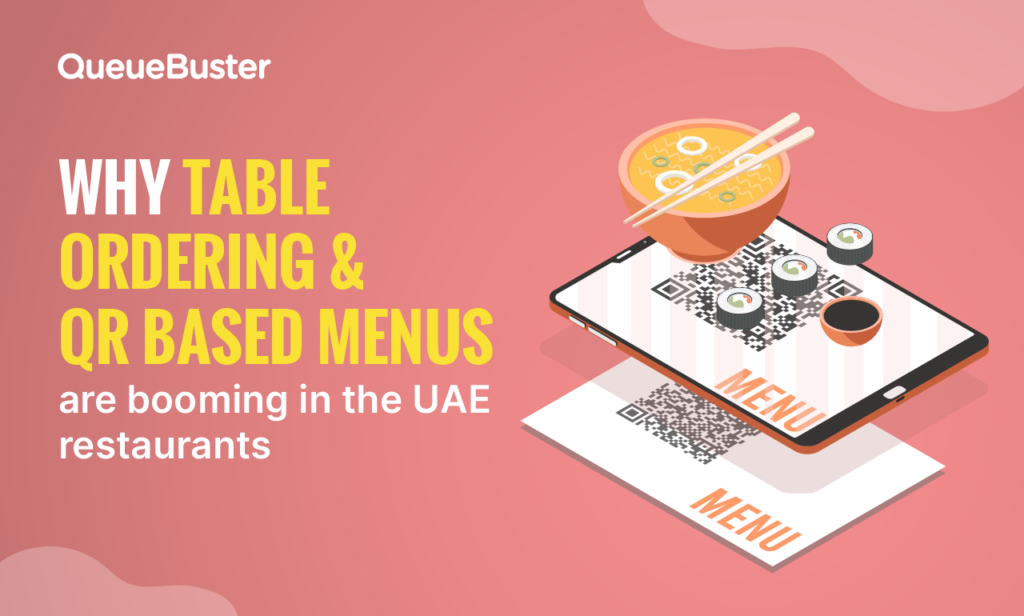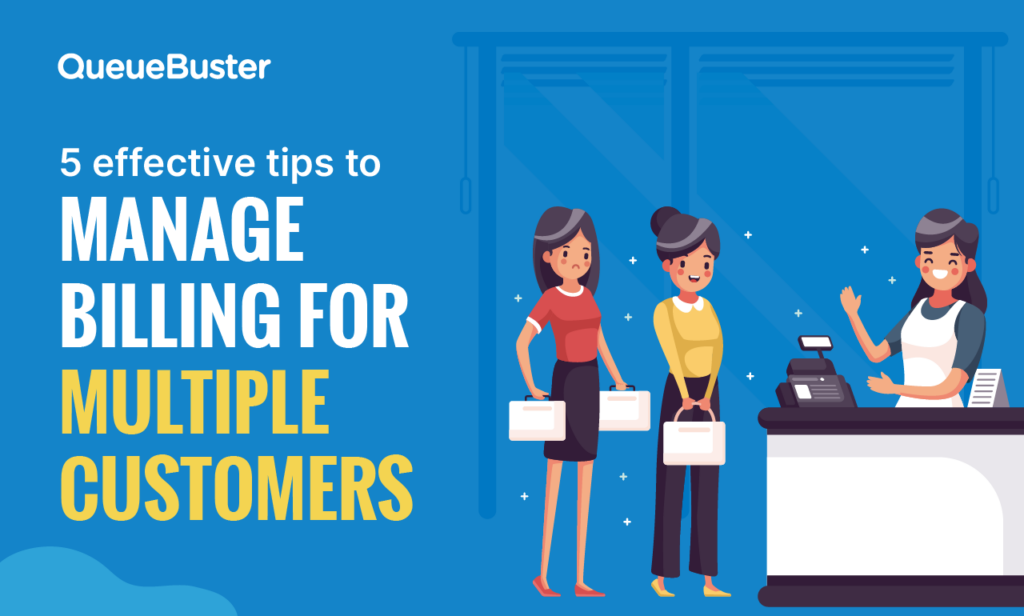
What the Future Holds for Indian Retail and How Customer Behavior Will Influence It
What the Future Holds for Indian Retail and How Customer Behavior Will Influence It

By Shreyansh Saini Published: April 23rd, 2024
Watching customers’ changing spending habits as a result of different models of shopping is fascinating. Shopping started with bartering, buying at local shops, and shopping malls, then online and now through apps.
Although some retailers have not taken to e-commerce, others are successfully using innovative digital tools, such as video-sharing applications, to connect with consumers and build brand loyalty. As a result, retail concepts of convenience and loyalty have a new meaning.
The retail sector is the main route for commodities to reach consumers. There is an interdependence between consumer goods, retail industries and customer shopping patterns and each impacts the other.
The retail industry in India is on the cusp of change due to the use of technology and urbanization. The use of digital tools and innovations has had a lasting impact across the consumer goods value chain. It has transformed sourcing, manufacturing, transportation, procurement, warehousing and inventory, distribution, marketing, selling, logistics, delivery, and after-sales support.
How Stores Can Adapt to Customers’ Changing Preferences
Here are some thoughts on how the retail sector may adapt to changing consumer preferences. As a result, the retail sector can prosper in the face of adversity, and shape the future of the retail industry.
Focus on The Sector
Customers, especially in major cities, have high expectations for a modern shopping experience. They want consistency whether using a traditional store, a mobile app, or a desktop computer.
Error: Contact form not found.
The Internet of things (IoT) is already considered a game-changer in retail by saving time and money. It has brought improvements and new ideas in customer service, the supply chain, storefronts, and home-based linked platforms.
Millennials as a Generation
Millennial consumers represent the first generation to grow up with widespread access to the use of digital technologies and the internet for shopping. As a result, millennials are comfortable with online shopping. Access to social media gives them more options to choose from than previous generations. This is because they know how to access e-commerce information and seek the best deal. Because they save money on expenses, millennials’ status aligns with that of the primary household breadwinners.
This trend will likely drive the consumer market, causing disruptions in the non-essential goods segments. As a result, millennials will continue to spend more in proportion to their rising disposable incomes.
Focus on Health
Customers are quickly shifting towards healthier and organic products. In addition, there is a shift to being health-conscious and valuing physical and emotional well-being. Even though dining out has become popular, particularly among millennials, there is an increasing emphasis on healthier dining options.
In recent years, natural and organic remedies have become popular, extending even to cosmetics and hygiene products. As a result, many established as well as start-ups are aiming at consumers’ demand for chemical-free, ayurvedic skincare products.
The Value of Convenience
One of the main drivers of the rise of online shopping and online ordering from restaurants is the lack of time for the working generation. Owing to busy schedules, consumers want convenience, value for money and everything available at their fingertips in a short period.
Value Delivery
Customers now look at brands broadly and put more faith in the company’s core values and beliefs. Consumers and potential buyers respond positively to brands that reflect principles. They are likely to purchase sustainable products and support a charity or a cause.
Personalization is Everything
Customers are leaning toward purchasing personalized products and service offerings to stand apart from the competition. They are as concerned with the image of the product as they are with how well a product sells. As a result, tailoring experiences to each individual is becoming increasingly popular.
Increase in Multichannel Retail
In this era of multichannel distribution, many retailers are adapting their business strategies to the demands of consumers. In the face of multichannel retail, leading dealers aim to deliver user-friendly, seamless and overall solutions to the problems that their customers experience.
The Increased Role of Technology in Modern Retail
Technological interventions drive consumers’ interest and excitement during the purchasing process. The Internet of Things (IoT), augmented and virtual reality (AR/VR), artificial intelligence (AI), bots, and cloud platforms have all played crucial roles in influencing customer engagement.
Automated Doorstep Delivery
Global consumer goods giants are spending millions on new technologies to streamline product delivery. New delivery models are emerging as companies look for ways to utilize multiple channels to complete the last leg of the customer’s shopping experience. These developments are motivated by a desire to improve the shopping experience and satisfy the consumer.
M-Commerce
The advent of mobile devices has undoubtedly changed how we buy. However, traditional brick-and-mortar establishments are still important in generating revenue. Retailers are now using location-based marketing strategies to maximize in-store experiences.
M-commerce is a relatively new and rapidly expanding technology in India. It aims to enhance the traditional shopping experience and not replace it. This collaborative effort between m-commerce and brick-and-mortar stores appears successful. It offers a long-term answer to India’s retailing woes.
Touchless Payments
There are a variety of payment options available to consumers as a result of the advancements in financial technology. Customers once paid by cash and card only, but now they have many online payment options available. As a result, there is a meteoric rise in the use of online payment systems such as net banking, online cash transfers, mobile wallets, single-touch payments, QR codes, and more.
Social Commerce
S-commerce, also known as social commerce, has become increasingly important in today’s age of social media-active consumers. User-generated content or advertising is images and videos of products/companies posted by consumers on social networking sites and blogs. It includes users sharing experiences, stories, grading, reviews, suggestions, etc. This can either boost or lower ratings of a certain product, brand, or service within a particular demographic of readers.
Sustainability
A company’s long-term success depends on its ability to maintain profitable and socially responsible by using eco-friendly business policies and operations. To successfully manage a business, retailers need to achieve steady profits to ensure the company’s financial viability. However, they also need to display social and environmental responsibility in everything they do.
Relationships are the key to success
As a result of the pandemic, many customers are re-evaluating their brand loyalty. They are giving preference to those that reflect their ideals and principles. For brands, the capacity to connect with their customers in meaningful ways has multiple outcomes. It determines the loyalty of their client base and also their relationships with merchants, partners, and suppliers. Since cash transactions are associated with trust, many online retailers accept cash on delivery (COD) from their consumers to build customer loyalty.
Expert Supermarket ERP to Boost Your Profitability and Growth
Consumers are turning away from shopping for a particular product. Instead, they prefer exploring different product options online. As a result, there is a shift in what retailers previously considered a buying experience. Retailers are using initiatives to stay in touch with customers during online or in-store shopping. As a result, digital client engagement is rapidly becoming a tool to boost sales at traditional brick-and-mortar stores. This can also be achieved with the use of POS systems.
Error: Contact form not found.
A well-designed POS system can significantly enhance customer experience by saving time, providing personalized offers, ensuring products are in stock, making returns and exchanges easier, and incentivizing repeat purchases. QueueBuster can help you achieve this seamlessly with its POS Billing Software.
It is time to explore the above technology approaches to increase business. Businesses that re-evaluate and/or add elements that work well in the modern retail setting are likely to succeed in the ever-changing retail market. Schedule a demo with QB to know more.
Popular Posts

Why Table Ordering and QR-Based Menus Are Booming in UAE Restaurants
The UAE restaurant industry is evolving faster than ever. From luxury fine […]

5 Effective Tips To Manage Billing For Multiple Customers
Managing billing for multiple customers, especially during peak business hours, can be […]